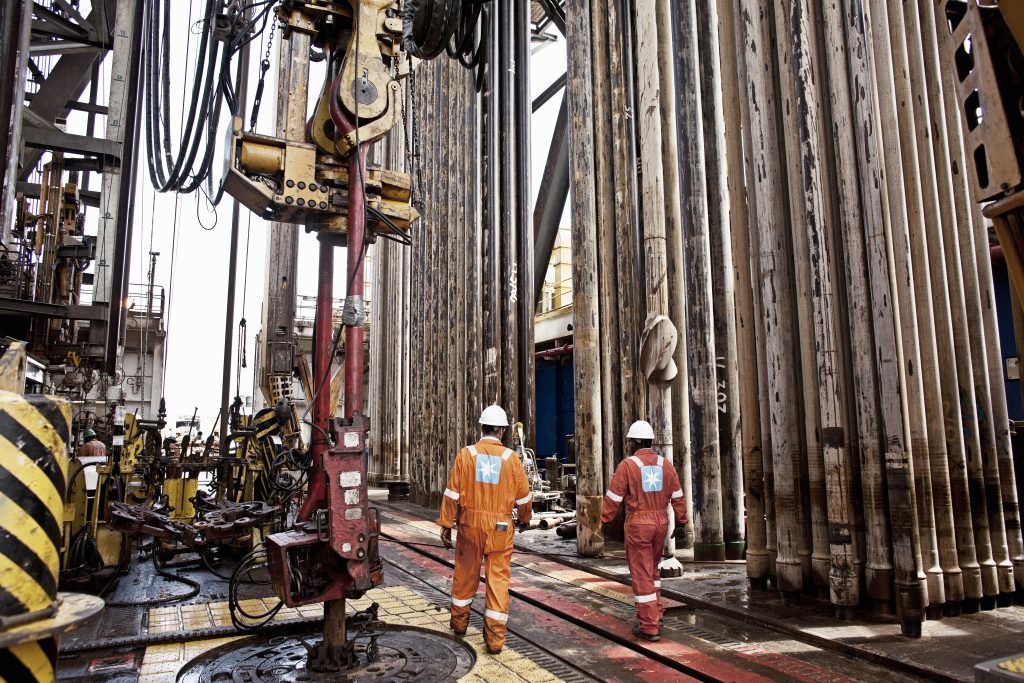
How data collection and reporting of mission critical information become a whole lot easier with mobile technology, making pumping by exception a reality
Oil and gas production data is the lifeblood of every upstream company and it’s the field operators’ responsibility to collect this data to optimise production and ensure that it moves continuously from the wellhead “downstream” – to the oil battery, gas plant or processing facility.
However, when describing a field operator’s daily routine, the word ‘prescribed’ springs to mind.
Most field operators drive the same route, take the same measurements and capture data in exactly the same order every day. While many have laptops in their trucks, some even mounted on their dashboards, most still wait until the end of their shift to enter and review the data at home or in the field office and produce reports for engineers to review. This is not a very efficient way of managing an oilfield. It’s like following the lines on an old-fashioned map rather than using modern navigation or GPS.
Mobile technology can make the process a whole lot easier, more accurate, more effective – and more real time.
When field operators are enabled to collect and share data via a mobile tablet/phone based application while performing their daily activities, maintenance of the assets and optimisation of production comes a step closer to reality. Operators are able to identify problems, report them on the spot and make faster, more informed data-based decisions as to what action to take to solve them. Studies show that time spent on field data capture and reporting can be reduced by 40% or more.
Bringing the back office and field operations ever-closer
A mobile app allows field operators not only to capture data from multiple data sources but also to take photos and to engage in real time asset specific conversations with their colleagues through collaboration tools such as commentary feeds. This enhances the value to the role of the field operator as they can connect with engineers and the back office without having to return to their desk to process/send the collected data.
A mobile app combining field data with operational intelligence allows field operators to deviate from the prescribed route and get first to the wells that need more urgent help: as an example, if two wells are down at the same time, do you go to the biggest producer first or to the well that’s worst off? The app should help field operators make that decision based on surveillance rules or monitors running constantly over the collected data.
This type of mobile technology is evolutionary and an improvement on legacy systems as it gives field operators and engineers the capability to perform surveillance by exception without which there would be no pumping by exception.
Upstream mobile technology with a difference
The best mobile solution should be one built with the field operator in mind and be supported by people who fully understand field operations – an app that provides identical views
into data for field personnel, production analysts and engineers, allowing them to proactively identify and correct errors before they become larger and potentially costlier.
A robust upstream mobile app can benefit field operators greatly but only if it includes the right ingredients. A key feature should be configurability. It is essential that a single code base can be used for multiple wells and that, once an asset is defined, it won’t need to be defined again in the future. Other important features should be simple navigation, ease of deployment and of data/graphs interpretation, integration with industry-standard calculations and reliability in low bandwidth areas.
Ideally, the mobile app should not simply be used to capture measurement data, run tickets and interface with automation (e.g. SCADA); its use should also be extended to track chemicals, record greenhouse gas events and schedule tasks like well tests and inspections.
Instant alerts and built-in reminders, from well tests to greenhouse gas checks as well as automatic deployment of updates to the field devices, which eliminates the need to touch each device, are all attributes to be factored in when choosing an upstream mobile app.
Conclusion
Mobile technology investments can help prevent risky situations, solve unexpected problems fast and optimise both your field and back office personnel by enabling data driven collaboration.
Having the right technology readily available on your field operators’ mobile devices helps them make better, more informed operational decisions and boosts production. It also ensures that quality data is available to everyone who depends on it to do their job, reduces operational costs and increases accountability in the field.
Clara Fuge is vice president of Product Management at P2 Energy Solutions.
Recommended for you
